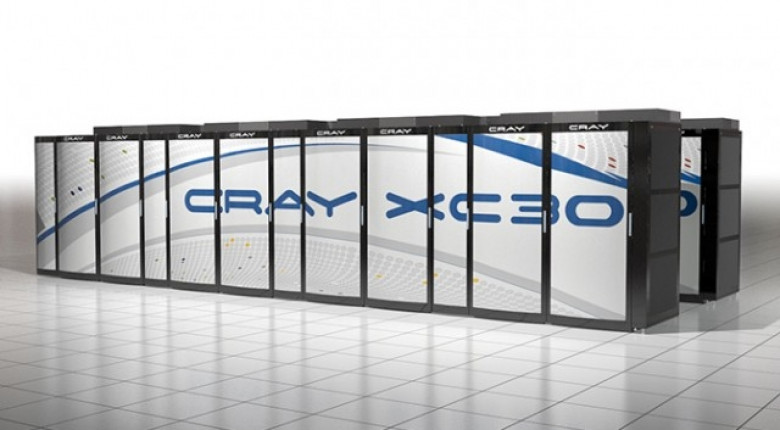Cray vs. China: The race to 100 Petaflops
Hot on the heels of the 20 Petaflops Titan supercomputer at Oak Ridge National Laboratory, the recently crowned world’s fastest supercomputer, Cray has announced the XC30 architecture, which will allow for the creation of supercomputers that break 100 Petaflops – 100 quadrillion floating-point operations per second.
Not to be outdone, China has also announced its own 100 Petaflops contender, Tianhe-2. Tianhe-2, which is expected to be deployed by 2015, is the successor to Tianhe-1A – a supercomputer that briefly held the title of the world’s fastest back in 2010 (a first for China).
Cray’s new supercomputer architecture, as you can imagine, is beyond beastly. For starters, the XC30 [PDF] marks an interesting shift away from AMD Opteron CPUs to the Intel Xeon – the E5-2600 (Sandy Bridge) family of chips to be exact. With Cray being one of the world’s biggest supercomputer companies, this is a significant loss for the already-ailing AMD.










































































